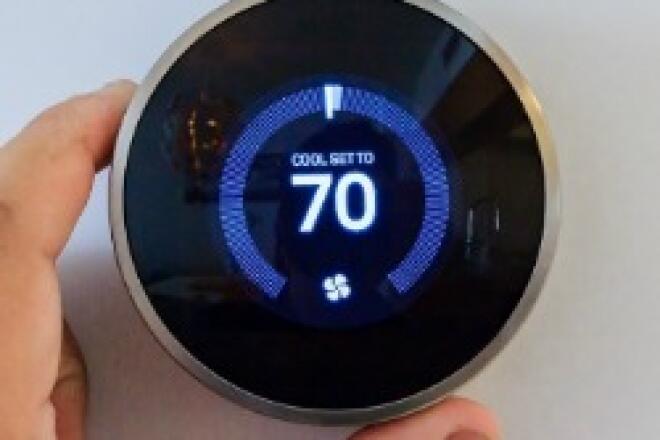
5 Exciting Stories About Electric Vehicles
With more electric vehicles (EVs) of varying makes and models appearing on American roads all the time, it seems clear that the future of transportation is electric.
However, there are still many roadblocks and pitfalls to overcome before everyone has access to electric transportation options and charging station infrastructure that meet their needs.
Let’s look at a few recent stories that foretell the path to an electric future:
1. Electric vehicle registrations rise 57 percent from 2021.
While the sale of new EVs expectedly took a hit from the COVID pandemic in 2020 and 2021, those numbers seem to be recovering well, according to new data from Experian Automotive. In the first nine months of 2022, EV registrations rose 57 percent compared to the same period in 2021.
According to the new report, Tesla continues to dominate the U.S. market, with nearly 350,000 of the 530,000 new battery-electric vehicles registered through September being Teslas. However, the 183,750 registrations for non-Tesla models are still a 71-percent increase, signaling that other automakers are increasingly becoming competitive with Tesla in the EV space.
2. States get $1.5 billion to build out highway charging networks.
With all these new EVs on the road, we’re going to need somewhere to charge them. Strides have been made by charging companies, power companies, automakers and others to build out charging networks in recent years, and the U.S. government recently bolstered these efforts with $1.5 billion earmarked for states to build highway charging networks.
The $1.5 billion in funding – provided through the $1.2 trillion bipartisan infrastructure law that was passed in November 2021 – is just the first wave of a total of $7.5 billion that will eventually be doled out to states. The funding is part of President Biden’s goal of building a network of 500,000 EV chargers.
3. EV adoption to get a 20-percent boost from Inflation Reduction Act.
While EV sales have been growing strongly in 2022 compared to last year, they recently got a significant boost from the Inflation Reduction Act, a landmark federal bill that was signed into law in August. The Inflation Reduction Act (IRA) includes upfront discounts and tax credits for weatherization, new and used electric vehicles, rooftop solar and other clean energy technologies.
According to a new analysis from BloombergNEF, the “impact of the IRA alone is poised to grow EV adoption 20 percent larger by 2030 than previously forecasted.” Through the law, consumers will be able to access tax credits of up to $7,500 for new EVs and $4,000 for used EVs – plus incentives for EV charger installations and any required electrical panel or wiring upgrades
4. Startup’s new cord helps lower the cost of smart charging at home.
On the road to the electric future, there are still going to be many hurdles to be overcome. Fortunately, innovators are working on solving these problems to make EVs more accessible to all. For example, one startup recently developed a charging cord that allows consumers to access the benefits of smart charging technology at just a third of the typical cost.
By using this new smart cord that plugs into a standard wall socket (with no professional installation required), consumers – even those that rent their homes or cannot otherwise install an expensive smart charger – can still schedule charging at the most cost-effective times and access any available incentives through their power company for doing so.
5. Amazon continues to roll out its Rivian-made electric delivery vans.
The electric transportation future won't just be personal EVs – many companies are working on electrifying other areas of transportation, such as company fleets. For example, back in 2019, Jeff Bezos announced that Amazon would purchase 100,000 electric delivery vans through the EV startup Rivian to lower the emissions from their deliveries.
The company recently provided an update that their electric fleet now exceeds 1,000 electric delivery vans (EDVs), which have made more than five million deliveries in total. While this is still only a fraction of the company’s 30,000 delivery vehicles on the roads today, it shows progress, and the company states that it is still committed to getting 100,000 EDVs on the road by 2023.
While we’ve seen a lot of progress in the EV space in recent years, we’re still on the cusp of the electric transportation transition. These five stories demonstrate that 2023 and the rest of the decade will bring more EVs, more charging locations and new innovations that will help smooth the path to an electric future for all.



